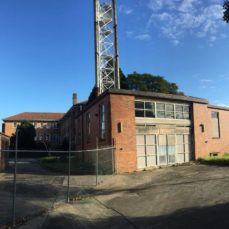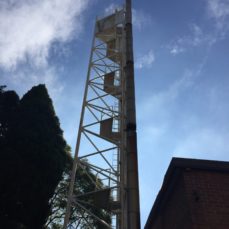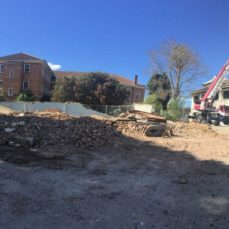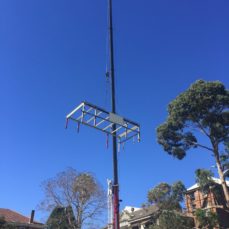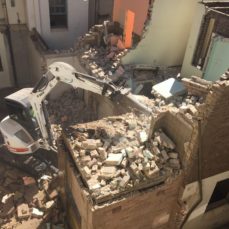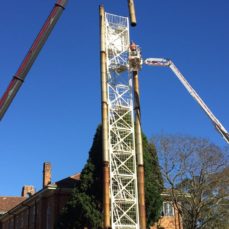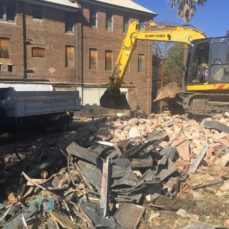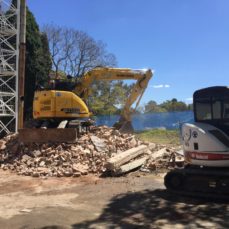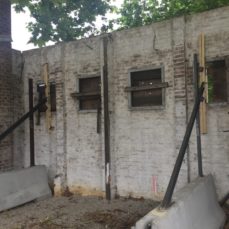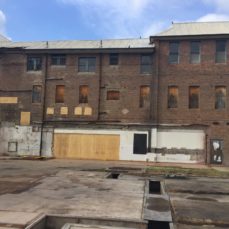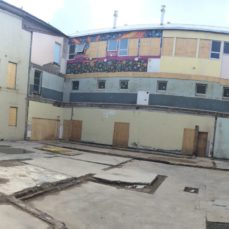



O’CONNELL STREET PRIMARY
Overview:
Over a 10-week period ASP Australia undertook the hazmat and demolition project on the Multi story masonry building at O’Connell Street Primary.
Having a workforce of 26 men assigned to the project, all eight buildings were completed within the assigned timeframe and budget.
The project was successfully delivered without an elevated reading incident, no damage to heritage fabric, no damage archaeological significant ground and no loss time injury.
Summary:
Various phases were undertaken to complete the project. The strip out phase was carried out by hand and/or small machinery such as bobcats and small excavators. The purpose of the strip out was to remove all non-load bearing elements from the building which included partitioning, floor coverings, ceilings, and internal rubbish to a state where all that remains is the building structural shell.
The structural demolition of buildings was carried out by a large tracked hydraulic excavator (5-22t capacity); Slewing and non-slewing mobile crane was used to stabilise steel structure during placement of control cuts using oxy / LPG torches in preparation for dismantling and lowering via chain sling attached to cranes.
NO EXPLOSIVES was be used – the demolition was be a combination of manual demolition and mechanical demolition adopting conventional techniques in a sequential manner i.e. in reverse order of construction;
Steel structures placed horizontally on the slab level by mechanical aid was be cut into sectional lengths using oxy / LPG torches ready for loading and dispatch to designated recycling mill.
All the machines and equipment’s used were ASP owned and included:
- 5 – 22 te Excavator
- 8 Te skid steer bobcats
- 3 -14 tonne tipper truck (bogie)
- 55Te mobile crane
- 6 Te Telehandler (non-slewing crane)
- 20 ft boom lift
- 15 ft – 30 ft scissor lift
- Tri Axle float trucks
- Grabs, bucket attachments
- Oxy and LPG sets
- Demo Saw
- Chain Saw
- Lifting chains
- Trolleys
- Hook Bins
- Powered Tools
The risk avoidance we had for this project consisted of :
- Asbestos & Hazardous Material present onsite
- Operational Site- proximity to public infrastructure
- Noise, vibration & Dust during demolition phase
- Vibration causing damage to heritage fabric
- Mobile Plant Collison onsite
- Premature structural collapse
- Overloading sling loads
In Summary we completed the works within timeframe and tight budget.
Control air monitoring was conducted throughout entirety of asbestos demolition works and the project was successfully delivered without an elevated reading incident, no damage to heritage fabric, no damage archaeological significant ground and no loss time injury.
GALLERY
BEFORE
WORK IN PROGRESS
AFTER






